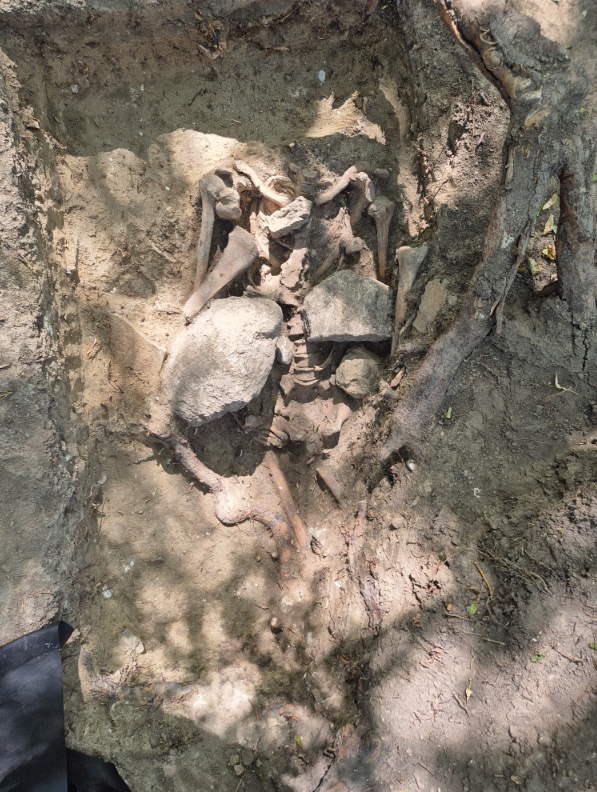
SAXONY-ANHALT, GERMANY—Excavation of a seventeenth-century gallows site in eastern Germany revealed two bone pits and at least 16 individual graves, according to a Live Science report. One of the graves held the remains of a man who had been buried on his back without a coffin, and with large stones placed on his chest. The stones may have been placed on his body at the time of burial to keep him from rising from the dead as a “revenant,” said archaeologist Marita Genesis. “These were people who had possibly died an early death, or a sudden death, without confession or absolution,” Genesis explained. The use of incense, wooden crosses, binding the limbs of the dead, or covering them with brushwood were also measures that were sometimes taken to prevent the return of the dead to the realm of the living, she added. Additional examination of the man’s remains may reveal if he was executed by hanging. Other bones unearthed at the site show evidence of injuries that may have been inflicted through torture or quartering, Genesis concluded. To read about an ancient burial in southwestern Turkey with artifacts that may have been placed to affix the deceased's spirit to the ground, go to "Preventing the Return of the Dead."